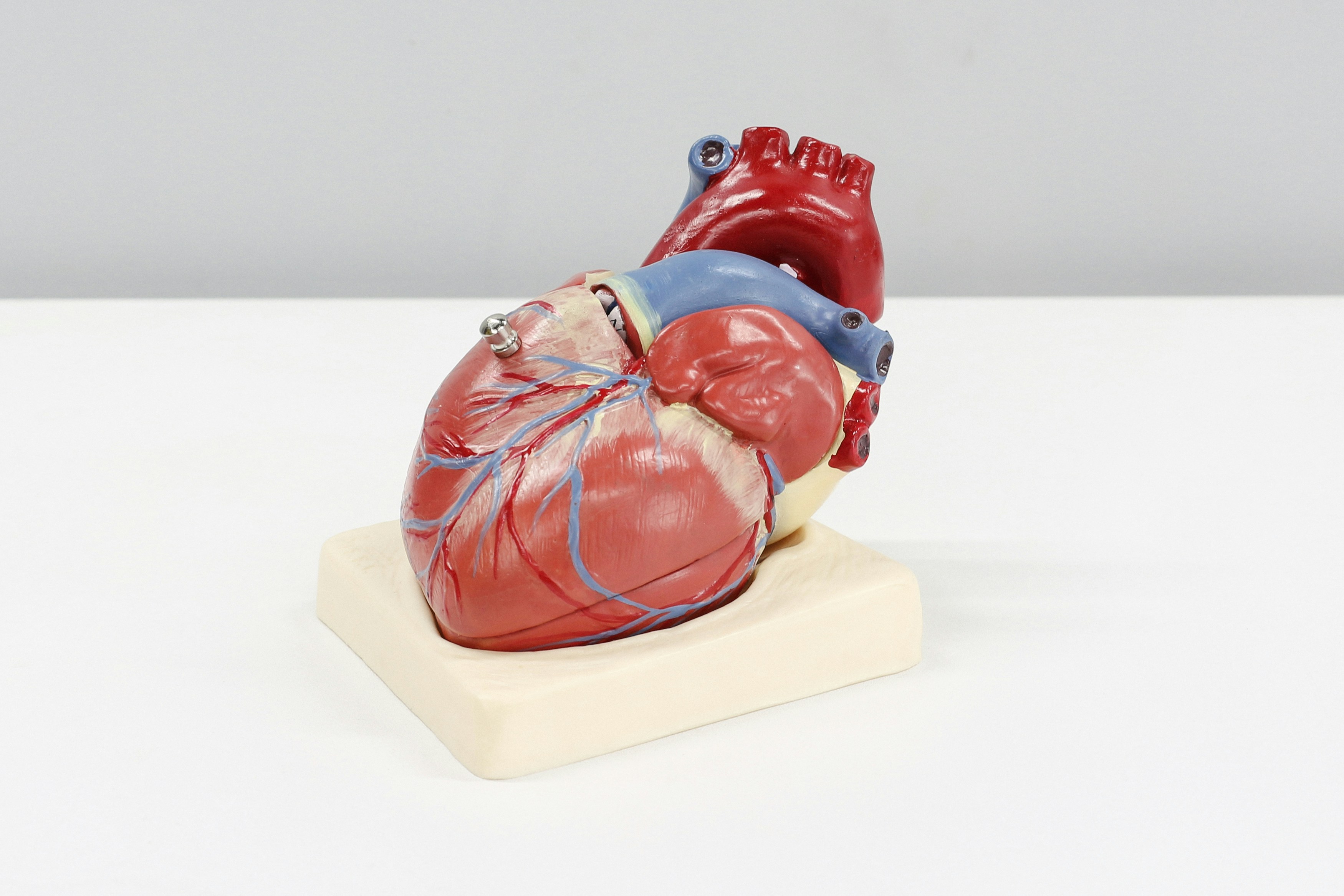Media release
From:
Gender gap in heart attack care won’t close for a decade without urgent action, study warns
Researchers say closing the gap could potentially save hundreds of lives every year.
- Women are up to 16 percent less likely than men to receive life-saving treatment after a heart attack
- They’re also 6.2 percent more likely to die within 12 months
- Study shows the gap is narrowing, but not fast enough to save lives
Women in Australia are still being left behind when it comes to heart attack care. At the current rate, the gender gap won’t close for at least another decade, according to new research from the University of Sydney.
The study, led by Academic Director of the Westmead Applied Research Centre Professor Clara Chow and published in the Medical Journal of Australia, is the first in Australia to detail improvements in care for women who experience ST-myocardial infarction (STEMI) – a serious and common type of cardiac event that accounts for about 25 percent of all heart attacks, and requires urgent treatment due to a complete blockage of a heart artery.
Despite this progress, women remain up to 16 percent less likely than men to receive critical procedures such as an angiogram (a test to check for blocked arteries) or a PCI (a procedure to open blocked arteries) within the recommended seven-day window. As a result, women are 6.2 percent more likely to die within 12 months after a STEMI.
Each year, nearly 20,000 women have a heart attack in Australia. Researchers estimate that up to 20 percent of heart attack deaths in women could be avoided if the treatment gap was closed, potentially saving hundreds of lives each year.
“Heart disease is the leading cause of death for women – not breast cancer, as many believe,” said Professor Chow. “Closing the gender gap in heart attack care could save hundreds of lives each year. We need to shift the perception and ensure women get the care they deserve.
“Many women continue to struggle with their health after a heart attack, and life can often feel like it’s just not the same - with less energy, more worries, and an overall drop in quality of life.”
Women still missing out on life-saving heart attack treatment
The study analysed hospital records of 29,435 patients aged 18 and over who experienced their first STEMI in NSW between 2011 and 2020. They tracked whether patients received timely procedures and monitored major cardiovascular events and deaths over the following year.
Women made up 29 percent of STEMI patients and were generally older, sicker and more likely to live in disadvantaged areas compared to men. Over the study period, survival rates in women improved by 1 percent per year, compared to 0.6 percent in men.
“But because women started from a worse baseline, the gap remains wide,” said Professor Chow.
“We’re seeing progress, which is encouraging, but it’s not enough. We already have the tools to fix this problem, what we need now is urgency and action from health authorities, hospitals, clinicians and policymakers.”
Heart disease in women: awareness, treatment and outcomes
One reason for the gap is that women often experience different symptoms – such as breathlessness or fatigue instead of the classic chest pain – and may not realise they’re having a heart attack.
Clinicians may also be slower to diagnose STEMI in women due to outdated perceptions that heart attacks are a male disease. This can lead to delays in treatment, missing the “golden hour” where intervention is most effective.
“Women don’t always think they’re at risk, and neither do their doctors,” said Professor Chow. “That delay in diagnosis and treatment leads to worse outcomes.”
Public health campaigns make a difference – but more is needed
The problem isn’t just Australian, but a global one. Similar gender gaps in heart attack care have been reported in the UK, US and across Europe.
Experts say the improvements likely reflect the impact of campaigns like Making the Invisible Visible, the European Society of Cardiology Task Force and Go Red for Women, which help raise awareness and promote more equitable care.
“Our study contributes to a global conversation about gender equity in health care,” said Professor Chow.
Strategies to close the gap
“We know the problem and the solution. Now we need action. That means more research into what works, ongoing training for health professionals, and stronger public awareness so women understand their risk and take proactive steps to protect their health.”
International evidence shows that system-level changes can reduce the gender gap and improve outcomes for women. Professor Chow says Australia must now build on proven strategies:
- Help women understand the risks: Run public campaigns that explain how heart attacks affect women, what symptoms to look out for, and why it’s important to act fast.
- Make the numbers visible: Hospitals and health services should regularly report how many women and men are getting timely treatment. This helps track progress and keeps the system accountable.
- Train doctors to spot the signs in women: Medical education needs to include how heart attacks can look different in women, so doctors don’t miss the warning signs.
- Include more women in research: Many heart studies still focus mostly on men. Including more women in clinical trials helps clinicians understand what treatments work best for women.
- Create clear care pathways for women: Hospitals should have specific guidelines to make sure women with heart disease get the right tests and treatments quickly.



 Australia; NSW
Australia; NSW



